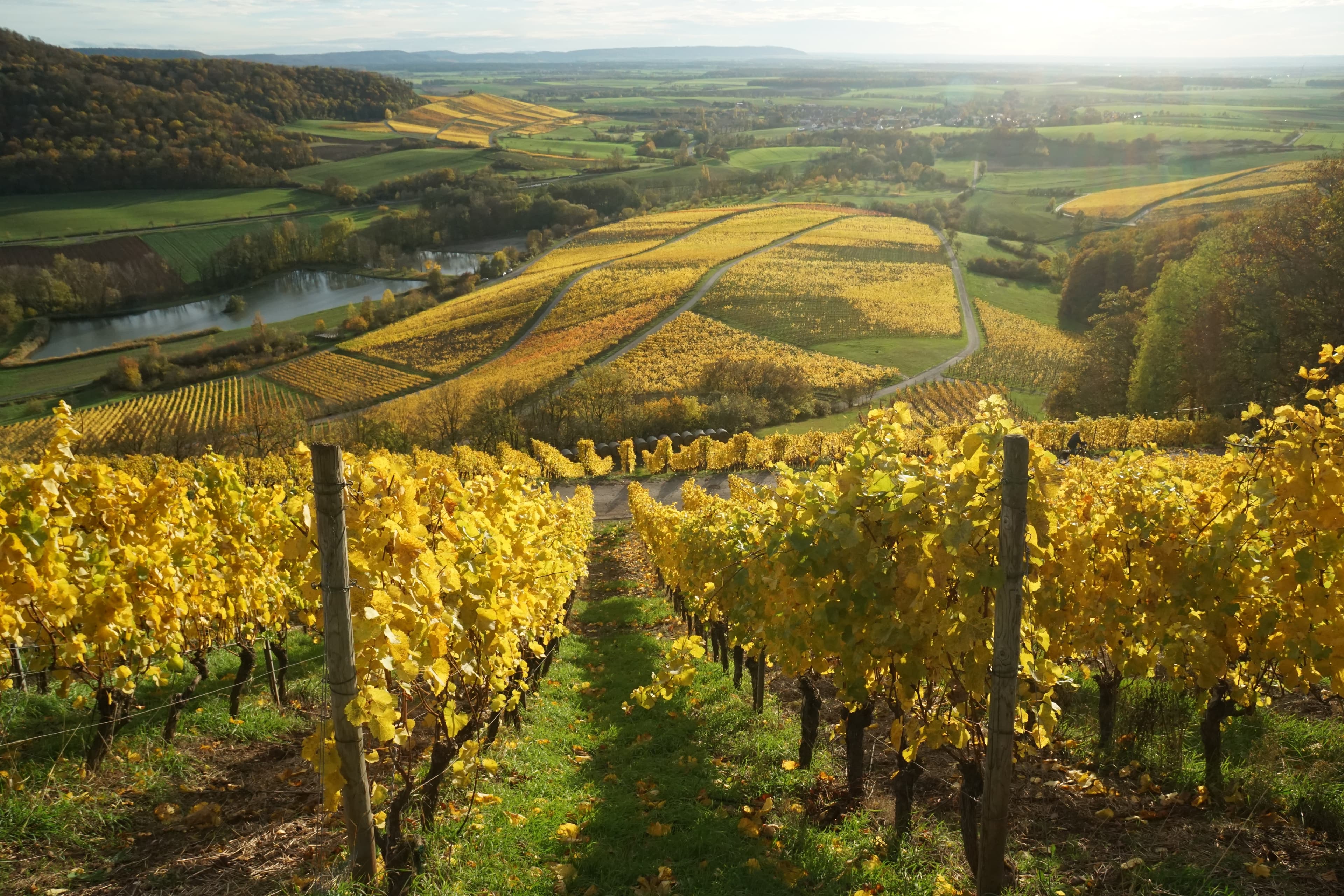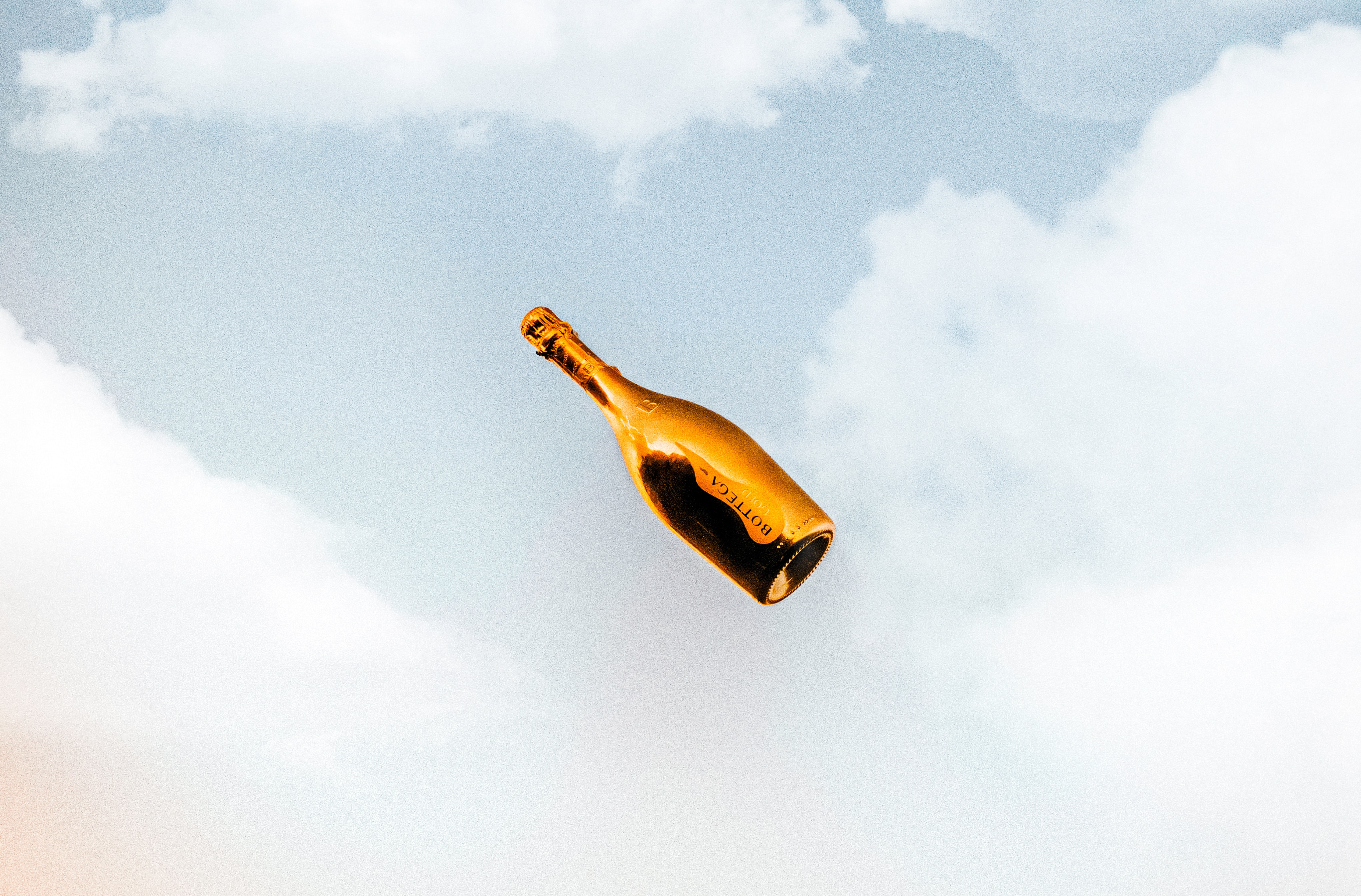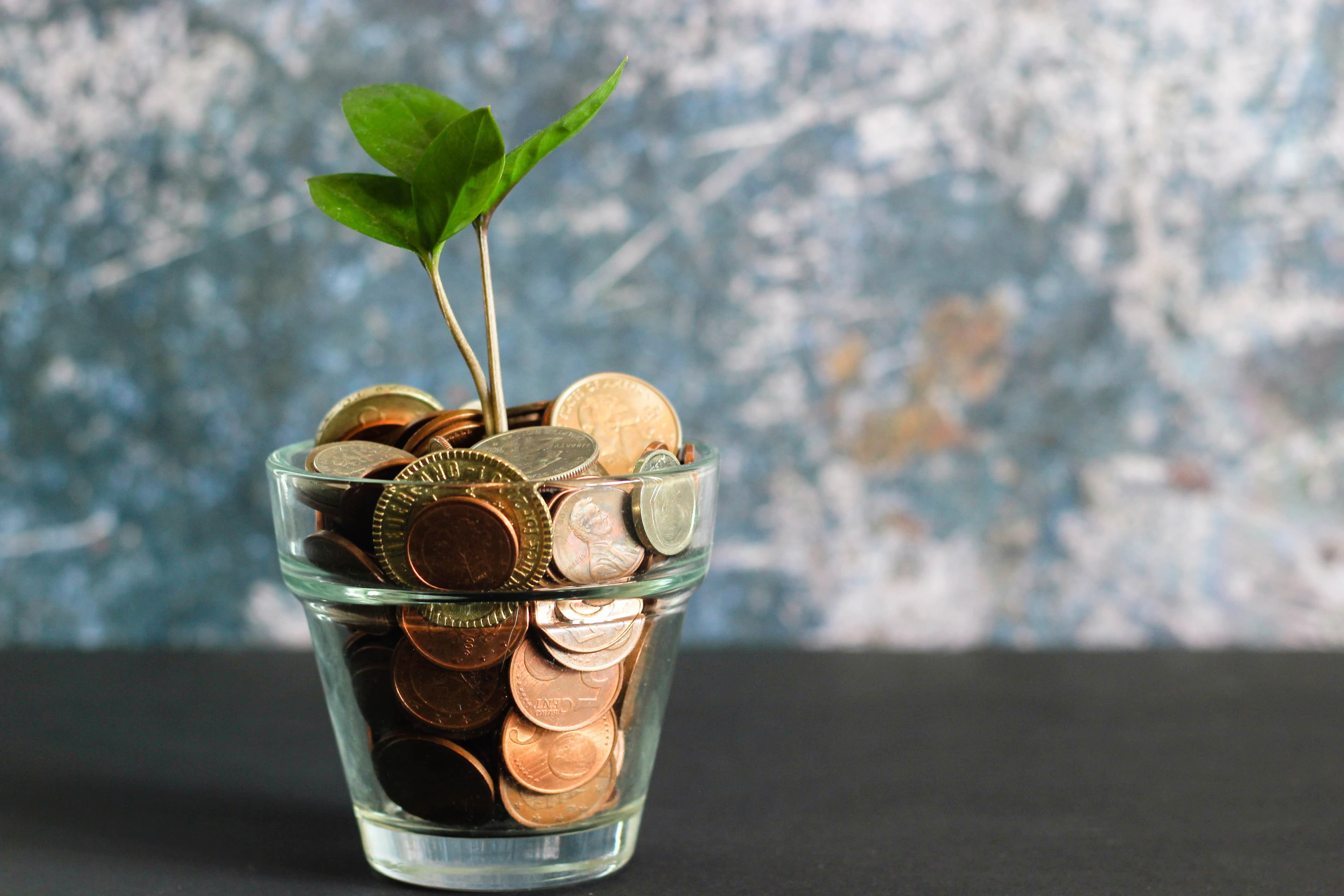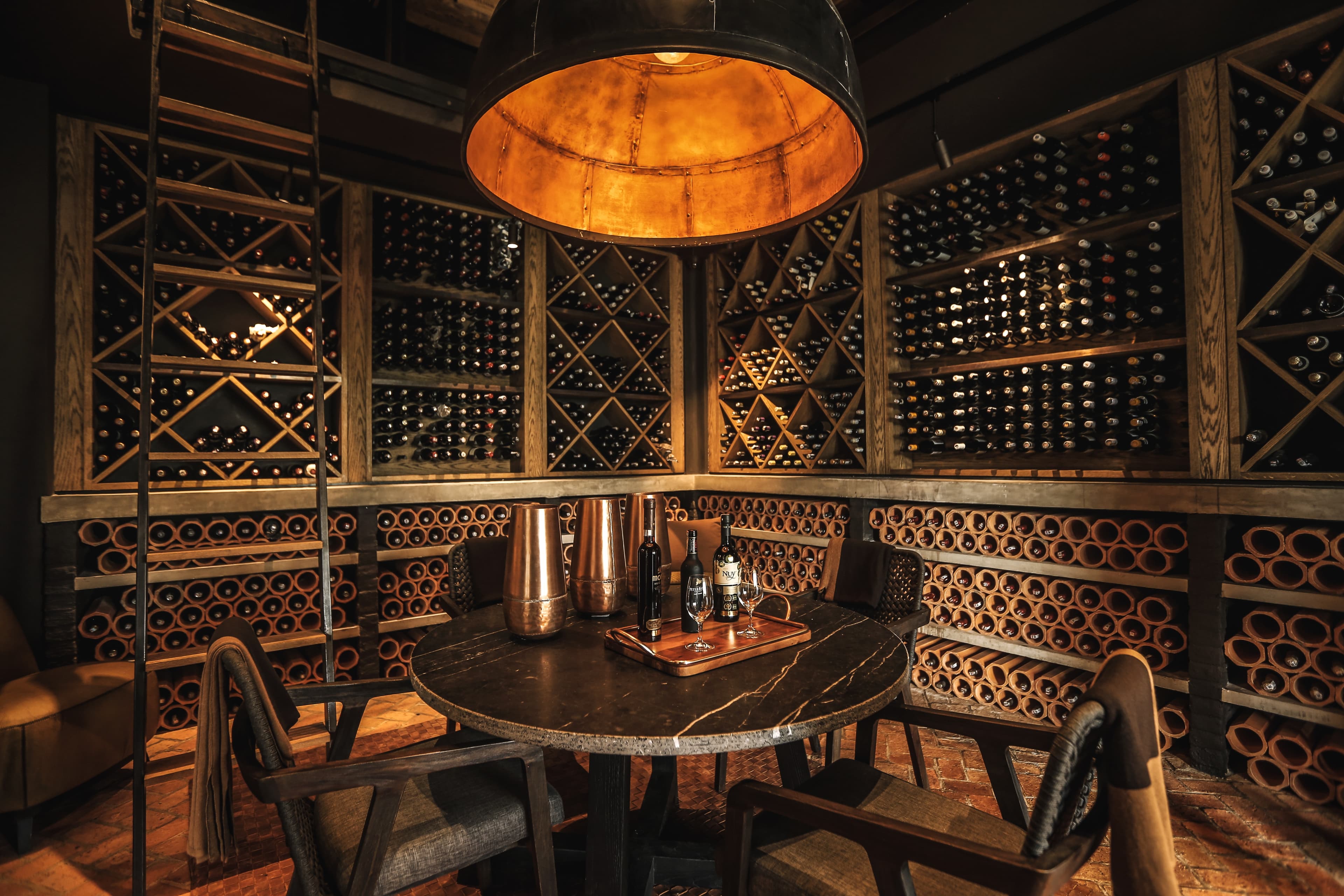What Makes Up the Cost of a Bottle of Wine?
3 min read
Head of Content
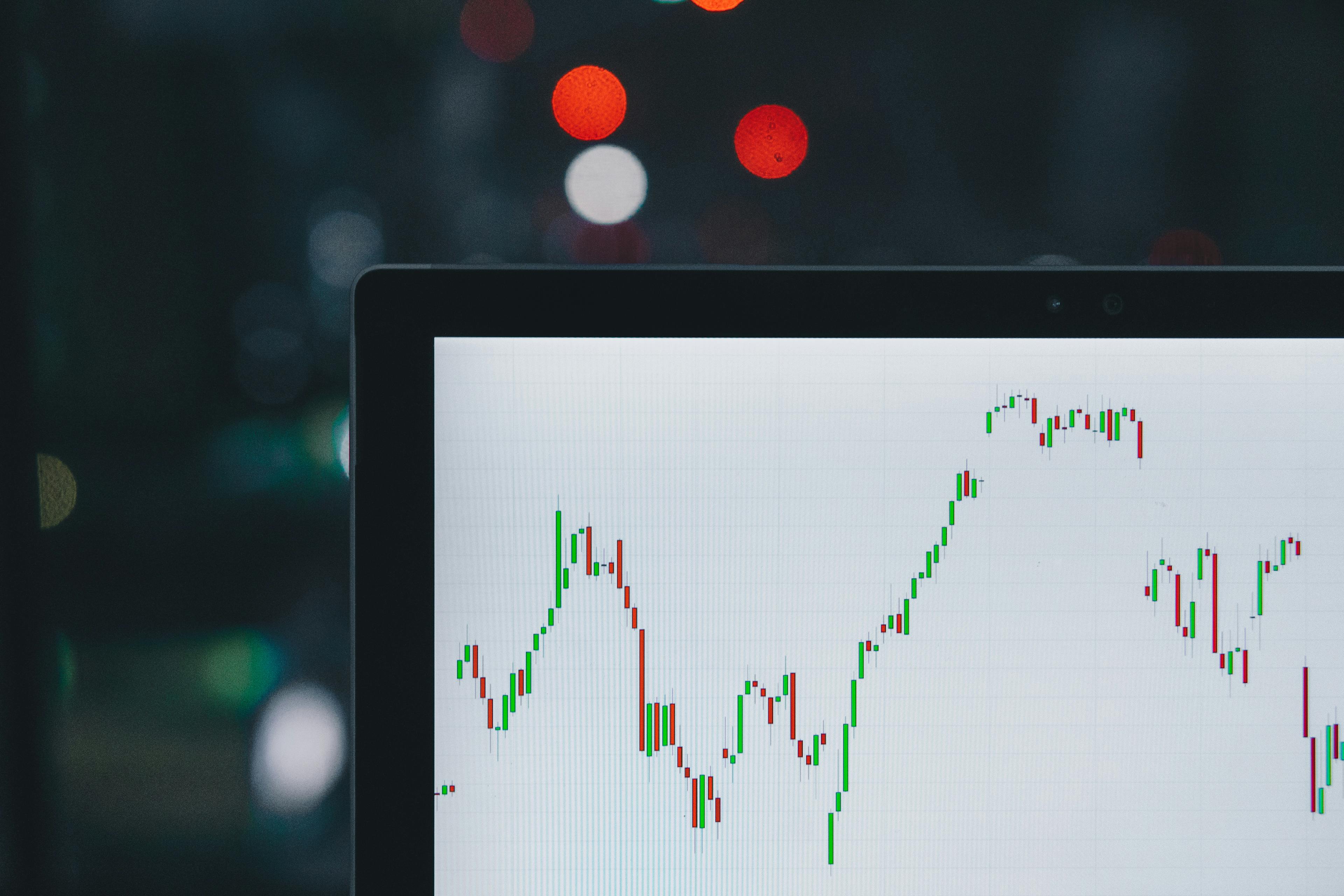
Have you ever wondered why there is a huge price range for different wines? Within a budget of $20, there is a vast selection of supermarket wines, while a bottle of Domaine Romanée Conti can easily cost over $20,000. What makes up the cost of a bottle of wine? And what determines the final price of the wine?
Wine is a product of agriculture. The first element that goes to the cost of production is the cost of land. Unlike humans, not every wine is created equal. In France, the average cost of vineyards is about $600,000 per acre in the Champagne region and over $2 million per acre for grand cru vineyards in Burgundy. Meanwhile, in La Mancha, Spain, one acre of vineyard cost about $8,000. High-quality wines often require a low yield of the vineyard, the cost of every acre that goes to every bottle of wine is even higher for premium wines than mass-produced wines.
Passing to the cost of actual wine production, winery labors and the wine-making process vary from producer to producer. Hand-harvesting costs a lot more than machine harvesting. In California, hand-harvesting costs around $750 per acre, three to seven times more expensive than machine-harvesting. The equipment of the winery, notably the barrels, depending on the quality and the active time in use, all affect the price of the final wine. A wine only uses new oak for aging and stays in the cellar for a long time before release, costs much higher than those that come from stainless steel vats and are ready to sell immediately. In addition, the cost of winery labor, including the well-paid star winemaking consultants, all that goes to the price tag. The cost of packaging and shipping may seem insignificant after splitting it up on each bottle of wine, but a premium natural cork costs four to five times more than a synthetic cork or screw cap.
Once the wines enter the market, aside from the markup at every level of distribution, the tax, tariff and TVA keep adding up to the original price from the winery. For prestigious brands and fine wine, the price is associated with the brand image and the supply and demand. Champagne, as a famous appellation of sparkling wine, is generally more expensive than other sparkling wines made from the traditional method. The entry-level Champagne from a renowned Champagne house is sold at a higher price than a bottle from a lesser-known Champagne producer. In the world of fine wine, if a certain bottle is highly sought-after in the secondary market, due to the market trend of its scarcity, the price increase exponentially compared with the original release price at the winery.
In conclusion, wine is an agricultural product at the same time more than its nature of being an agricultural product. The price of wines is not only the combination of the raw materials, production costs and the markup. With its cultural and luxury attributes, the value of certain wines goes way beyond the physical item.
Share this article
